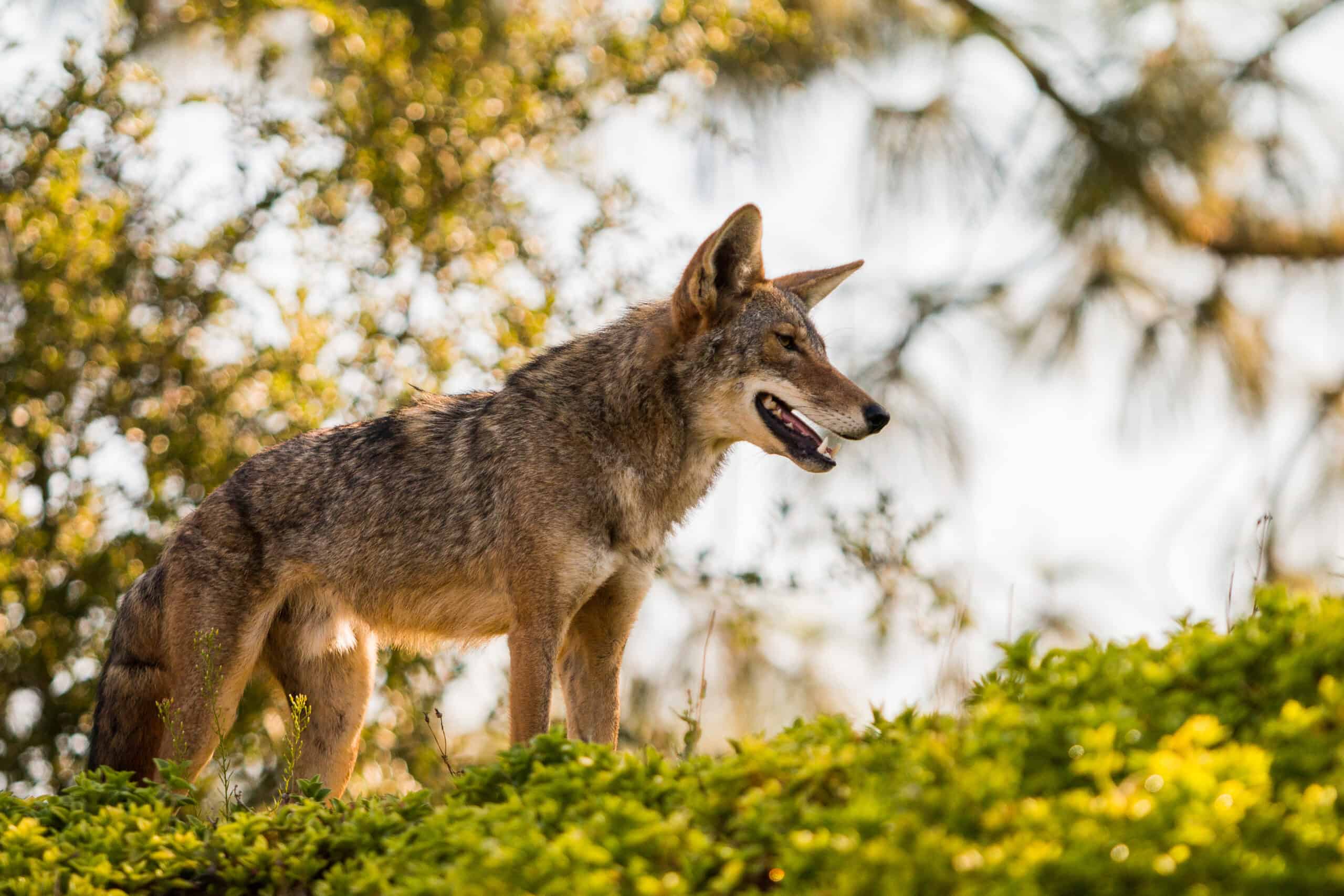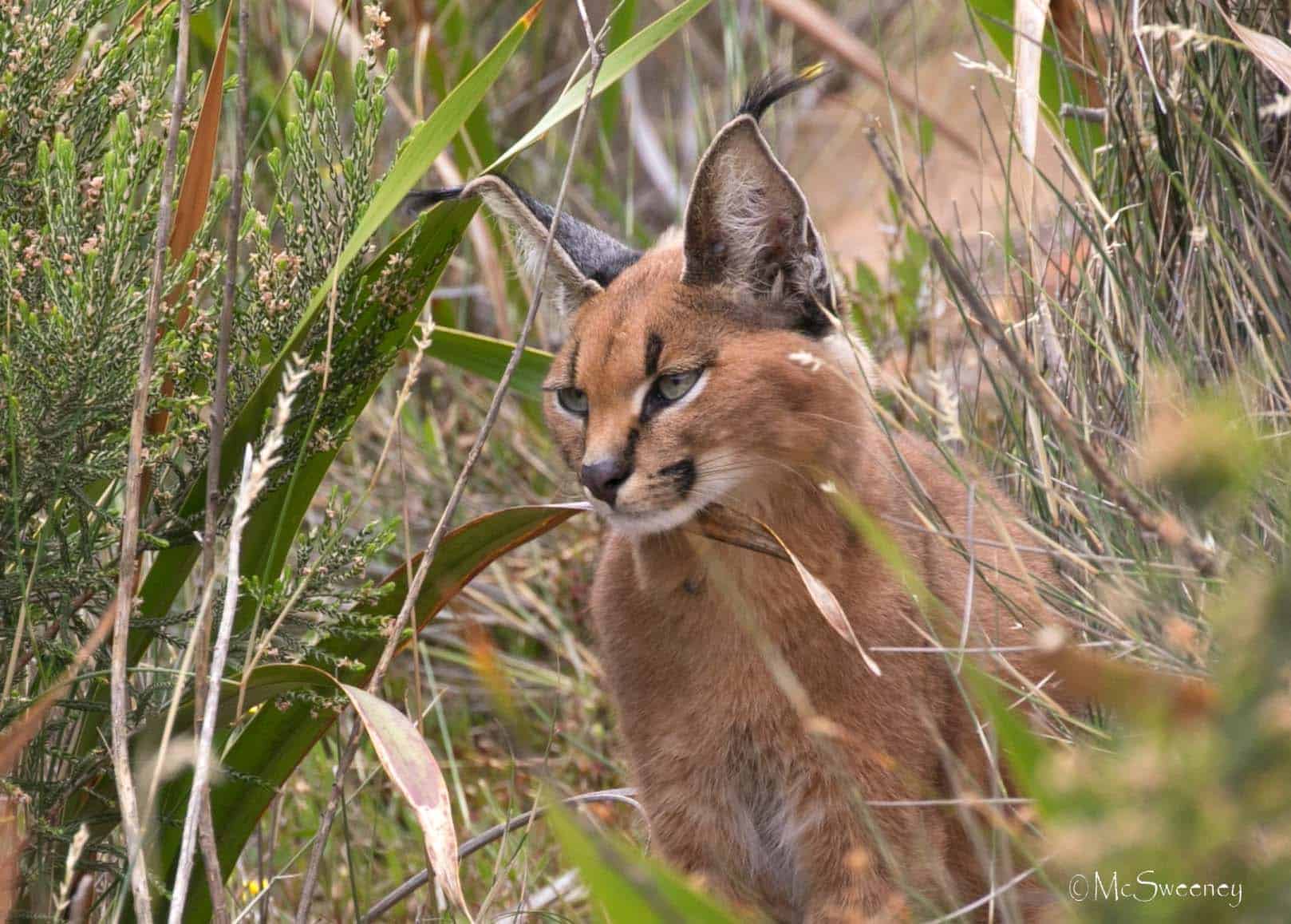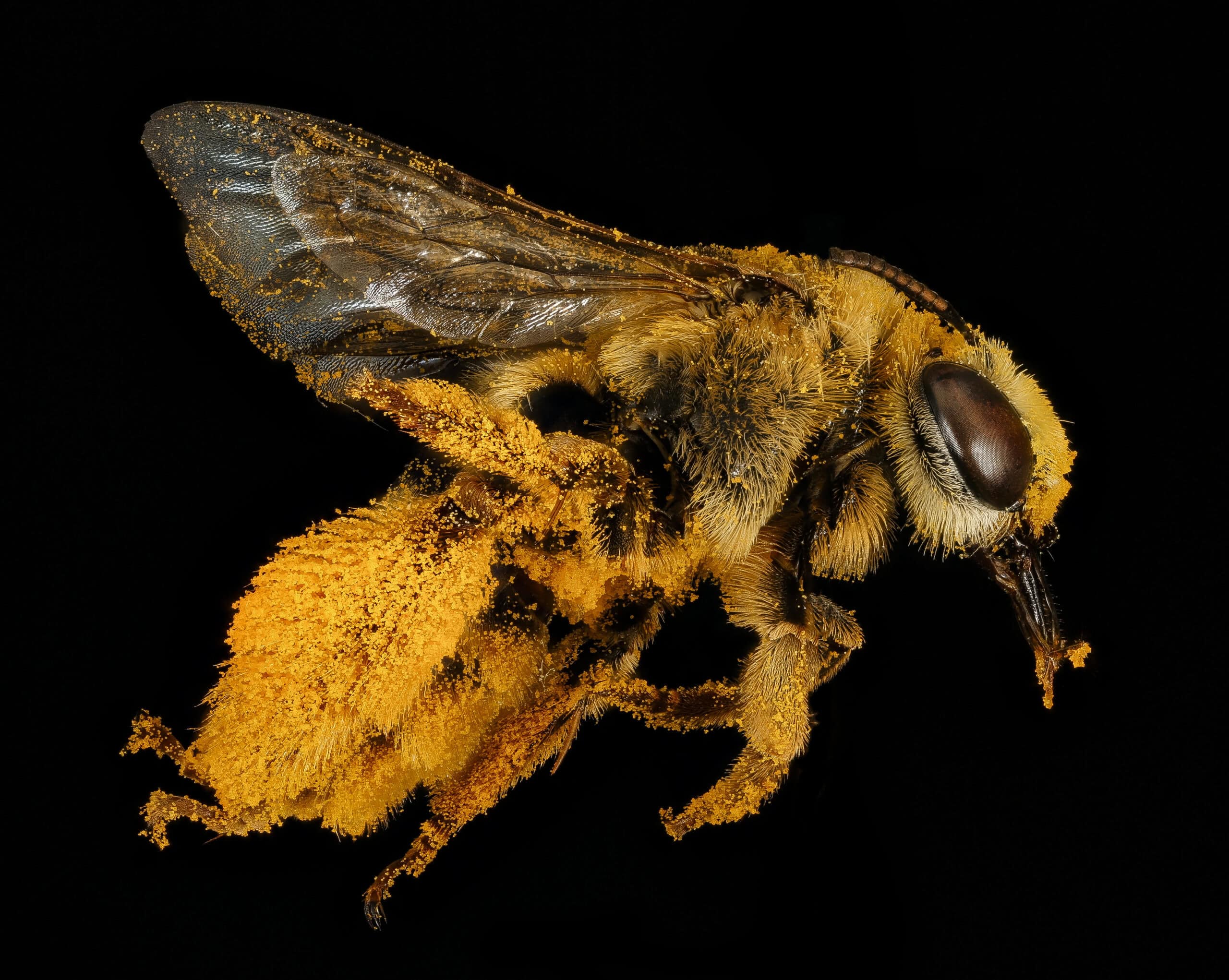Share this article
Gentrification brings more wildlife to urban areas
Some neighborhoods have more access to nature than others, researchers found
When urban areas gentrify, it doesn’t just change the characteristics of the people who live in those neighborhoods. It also changes the wildlife.
In a study published in the Proceedings of the National Academy of Sciences, researchers found gentrified areas have notably more urban wildlife than ungentrified parts of the same city.
“This leaves marginalized communities without meaningful access to nature, which is a problem,” said Mason Fidino, quantitative ecologist at Lincoln Park Zoo and lead author on the study.
The study, led by Lincoln Park Zoo’s Urban Wildlife Institute, analyzed data from 23 cities across the continental U.S., collected by partners of the Urban Wildlife Information Network , a collective of scientists, ecologists and educators dedicated to understanding biodiversity and mitigating human-wildlife conflict in cities.
The study found that, on average, the number of different species living in a gentrified part of a city is 13% higher than in a compositionally comparable ungentrified part of the same city. This means that gentrified neighborhoods can support one to two more species on average.
Header Image: Researchers found that gentrified urban neighborhoods have more wildlife than other areas. Credit: Connar L'Ecuyer via the National Park Service








